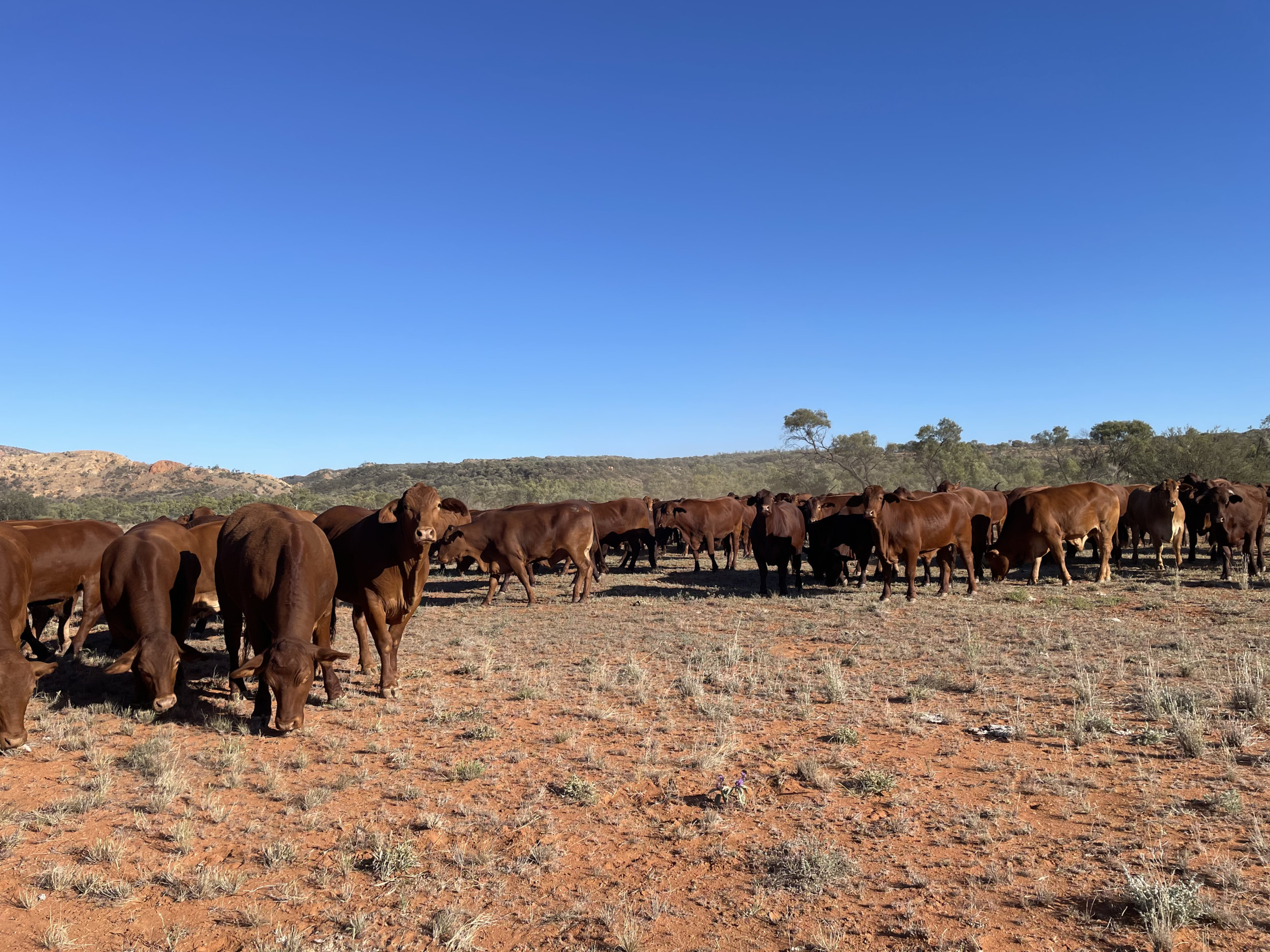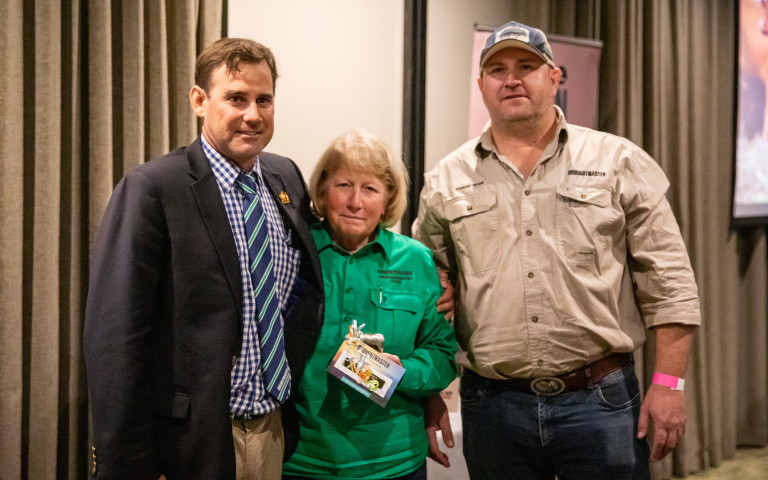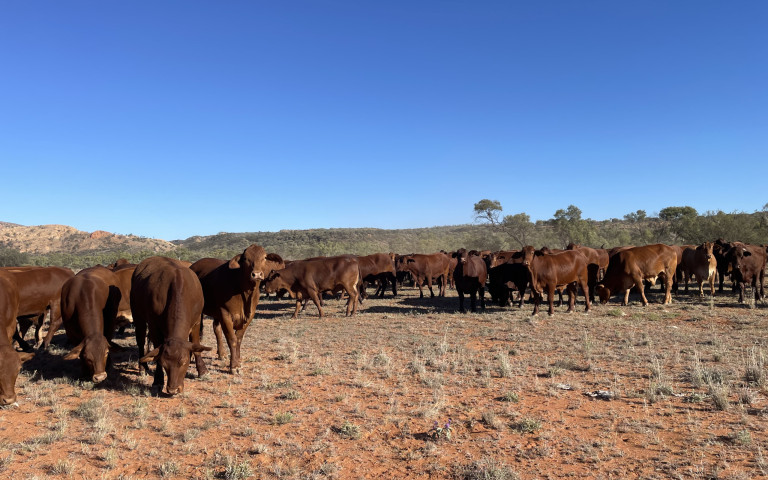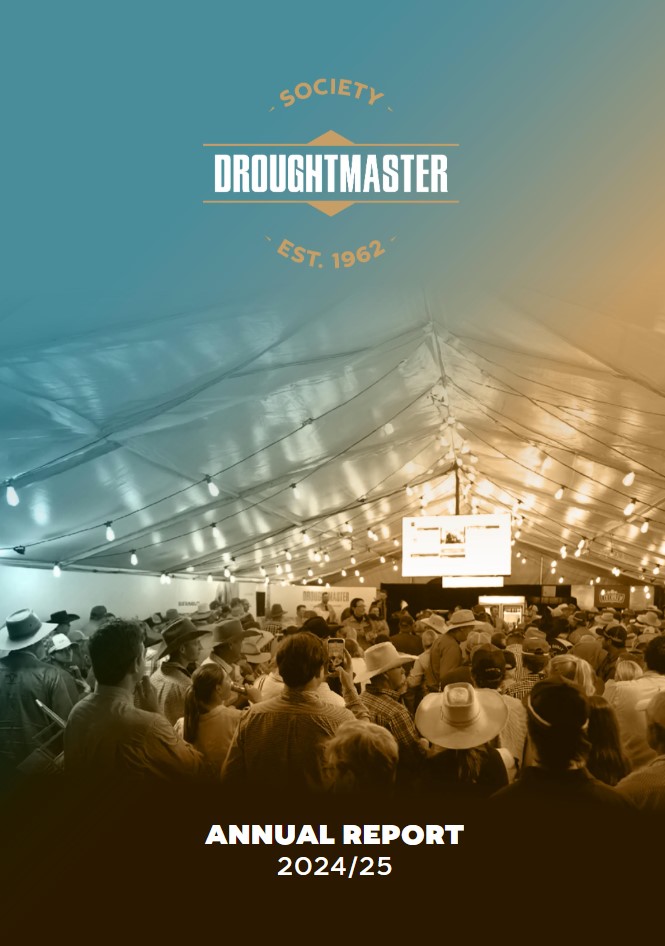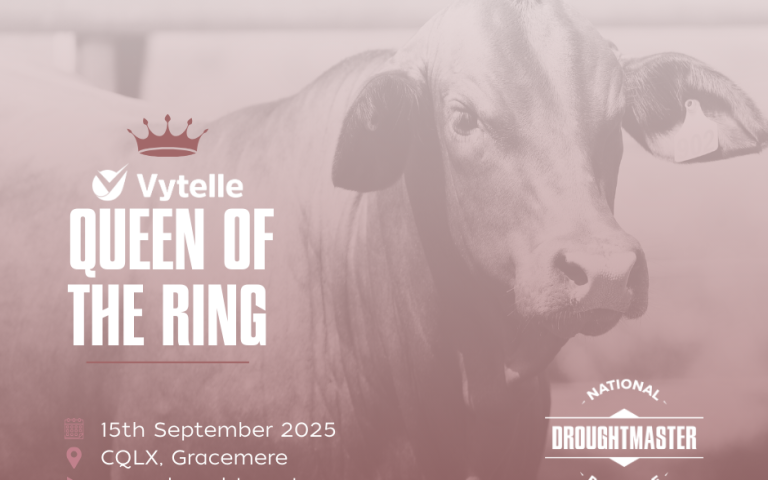Quality pays: The Droughtmaster steers that made their way into the US premium organic market
11 Aug 2025When 264 Droughtmaster steers walked off The Garden Station in the Northern Territory and commanded premium prices in the US organic market, they proved something every cattleman knows but struggles to quantify: quality pays. The herd’s outstanding average MSA Index of 59.58 at Thomas Foods International didn’t just smash industry benchmarks – it showed exactly how smart producers are cashing in on America’s hunger for premium organic beef.
The timing couldn’t be better. With trade winds shifting and international buyers getting pickier about what ends up on their plates, Australian producers need results they can bank on.
The numbers that tell a premium story
The data from this consignment tells a compelling story of quality and performance. With an average liveweight on arrival of 557.61kg and an impressive dressing percentage of 58.77%, these Droughtmaster steers delivered substantial carcass weights averaging 327.68kg. But it’s the eating quality metrics that truly set this group of steers apart.
An MSA Index of 59.58 significantly exceeds industry averages, with 97% of the cattle achieving MSA grading – an impressive consistency that premium export markets demand. The top performer reached an exceptional MSA Index of 64.83, showcasing the breed’s potential for superior eating quality.
“These results demonstrate what we’ve been saying about Droughtmasters for years – they’re not just hardy survivors, they’re premium performers,” said Simon Gleeson, CEO of Droughtmaster Australia. “When you see 97% MSA grading with an average index approaching 60, you’re looking at cattle that can compete in the world’s most demanding markets.”
The MSA Index is more than just a number – it’s a predictor of eating quality that correlates directly with consumer satisfaction and willingness to pay premium prices. For export markets, particularly the discerning US organic sector, these metrics translate into competitive advantage and market access.
The long game pays off
Andy Hayes from The Garden Station attributes the success to long-term breeding decisions rather than short-term management tricks. “We don’t really know why they performed so well,” Andy said. “They’d been mustered with helicopters, which did a great job without stirring them up, then they had about a 30-kilometre walk through some rough country to get back to the house.”
“I think a lot of it came down to breeding. We’ve been buying good bulls for over 20 years, and it’s starting to pay off now,” he explained. The Garden Station sources their bulls primarily from Western Queensland Droughtmaster properties, focusing on animals that can handle the challenging terrain of the MacDonnell Ranges.
“We’ve got big hills – lots of them. We’re right in the middle of the MacDonnell Ranges just out of Alice [Springs], and there’s a lot of up and down walking,” Andy noted, emphasising the importance of structural soundness in his breeding decisions.
The Garden Station’s involvement with Droughtmasters began nearly three decades ago. “When we bought the place 30 years ago, there were very few Droughtmasters around here. We bought our first mob in ’97 – some heifers out of north-western Queensland – and we haven’t looked back.”
Meeting strong U.S demand amid supply gaps
The success comes at a crucial time for Australian beef exports. “There’s been strong demand from the US for a while. Tariffs haven’t affected us yet – they still need to eat meat in America. I’m hoping the tariffs will work in our favour,” Andy noted, reflecting on the current trade climate.
Petar Bond, beef livestock manager at Thomas Foods International, echoed the sentiment but pointed to mounting logistical and competitive challenges. While U.S. demand for premium, organic products remains stable and strong, Petar said supply consistency is where Australian producers fall short. “Everyone wants to send cattle at the same time – often due to weather constraints like heat, flooding or feed availability. That causes big gaps in supply, which is the biggest complaint we hear from overseas buyers.”
And although Australian beef enjoys a solid reputation for quality, Petar cautioned against complacency. “We’re not the only players in the game,” he said. “The U.S. also imports from Brazil, Argentina, and others – often at a lower cost. That price difference can put us on the back foot, even if the quality is in our favour.”
For producers like Andy, that means staying ahead of the game with strong breeding programs and consistently high standards.
Better bulls, better beef.
As a long-time livestock buyer and beef production manager, Petar knows a good animal when he sees one: “To me, a well-bred animal will naturally perform well – it’ll grow well, fatten well and grade well. The grading should be the result, not the focus. There are good and bad examples in every breed, and Andy’s cattle are a good example. He spends time and money on selecting the right bulls, and it shows.”
Andy agreed: “If you’re a stud breeder – breed good bulls. If you’re a steer breeder – choose good cattle,” he candidly advised. “There are good Droughtmaster herds all over Australia now. They’re versatile and fit in anywhere.”
As the breed’s versatility appeals to producers across Australia’s varied climates, and international demand grows for premium, traceable protein, Australian Droughtmaster producers are well positioned to capitalise on growing global opportunities.
